As in ancient times, every December 24th, the Santurantikuy handicraft fair is held in Cusco's Main Square, where artists lay out their blankets with their products, following the custom of the traditional Andean fairs. The Santurantikuy (or Santuranticuy) is much more than a place to find everything you need for nativity scenes and artistic products of great quality and originality, it is the spirit of Cusco, tradition, culture, art and devotion. Learn with us more about this magical experience that you will only find in the navel of the world, and do not miss the 6 Cusco secrets to enjoy it to the fullest.
"For me Christmas is Santurantikuy, as it is for all Cusqueños" Jorge Flores Ochoa
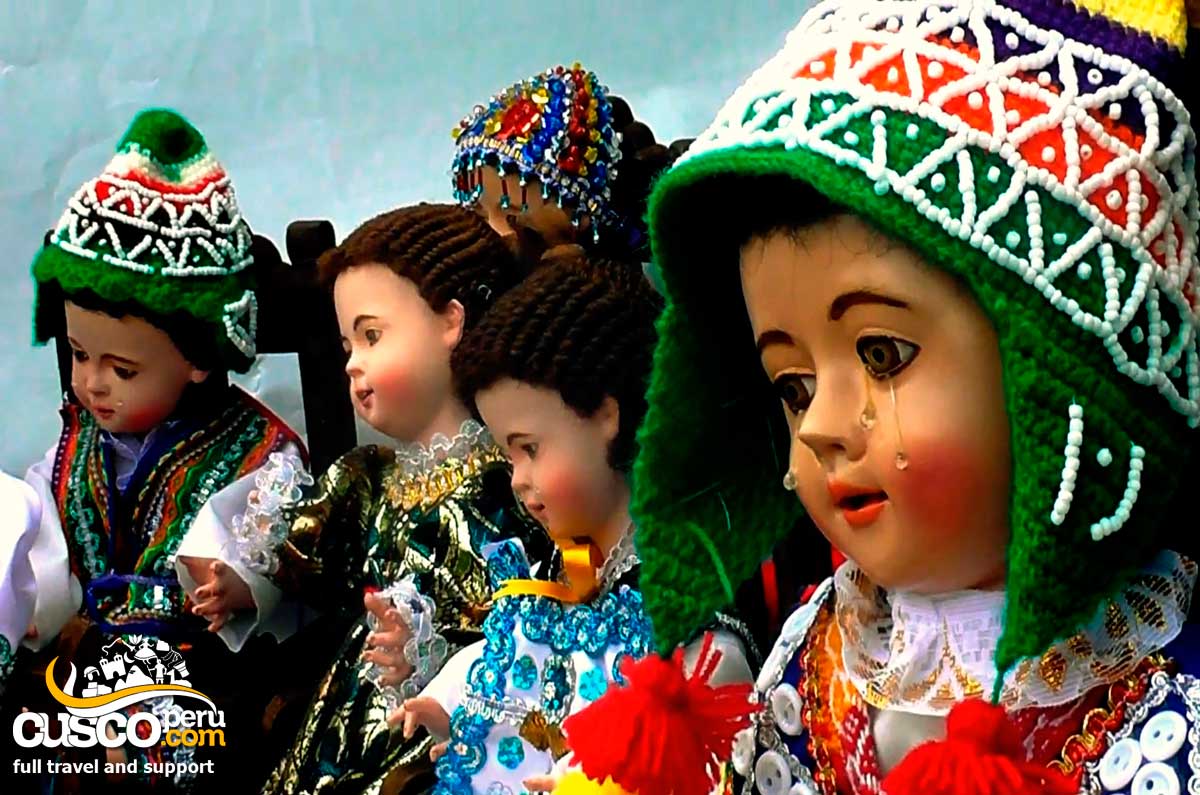
Table of Contents
Let's start with a bit of its incredible history, "Santurantikuy" is a mixture of Spanish and Quechua words that translates as "Sale of Saints"; just like its name, the Santuratikuy is a complex process of synthesis of cultures, the Andean and the colonial European.
There is no clear date of the beginning of this celebration, it is said that it originated in the sixteenth century, the oldest review with a reference to Santurantikuy dates from 1834 and is not called by this name. Despite this certain mystery, what we know for sure is that the Santurantikuy is a Spanish creation of the colonial era, imposed in order to evangelize the Peruvian Indians, because as its name says, since ancient times images of Catholic Saints were sold on the stairs of the Cathedral of Cusco.
Among the saints that were and are offered, the protagonist is the "Niño Manuelito". The name Manuelito comes from a tender variation of "Emmanuel", as the baby Jesus is also known according to the Catholic tradition, which in Peru became Spanish as Manuel.
The Cusqueños of the time adopted as their own the concept of the Baby Manuelito in such a way that they dressed him as Inca king, this practice started by the Jesuits and unleashed indignation in the Catholic Church. Today, the Infant Manuelito continues to be a beloved figure for the people of Cusco, especially at Christmas time; in the Santurantikuy you can find hundreds of images and sculptures of the Infant Manuelito, in different sizes and designs. The best known and valued for its fineness is the design of Antonio Olave Palomino, who 40 years ago designed the first Niño de la Espina, or Niño Manuelito. The Cusquenian artist was based on an oral tradition from Vilcabamba.
The Niño Manuelito is extremely important for the Cusqueños and Cusqueñas; he always adorns the traditional nativity scenes and every year it is customary to buy new clothes for the child. The ideal place to find the new outfit for the Niño Manuelito is, of course, the Santurantikuy, where you can find clothes of different sizes and varied designs, some traditional and others witty and innovative.
You already know something of the extensive and complex history of the Santurantikuy and about its main protagonist, now we will tell you about all the wonderful works that you will see in the Santurantikuy. There is so much variety and so many unique products that you will wish you had a bigger suitcase to take it all!
Let's start with the traditional: at the Santurantikuy everything you need to put together a Christmas Nativity is on display, and we're not just talking about beautiful nativity scenes with the figures of St. Joseph, the Virgin Mary and Baby Jesus, in Cusco they put together nativity scenes that include entire cities that can take up a whole room.

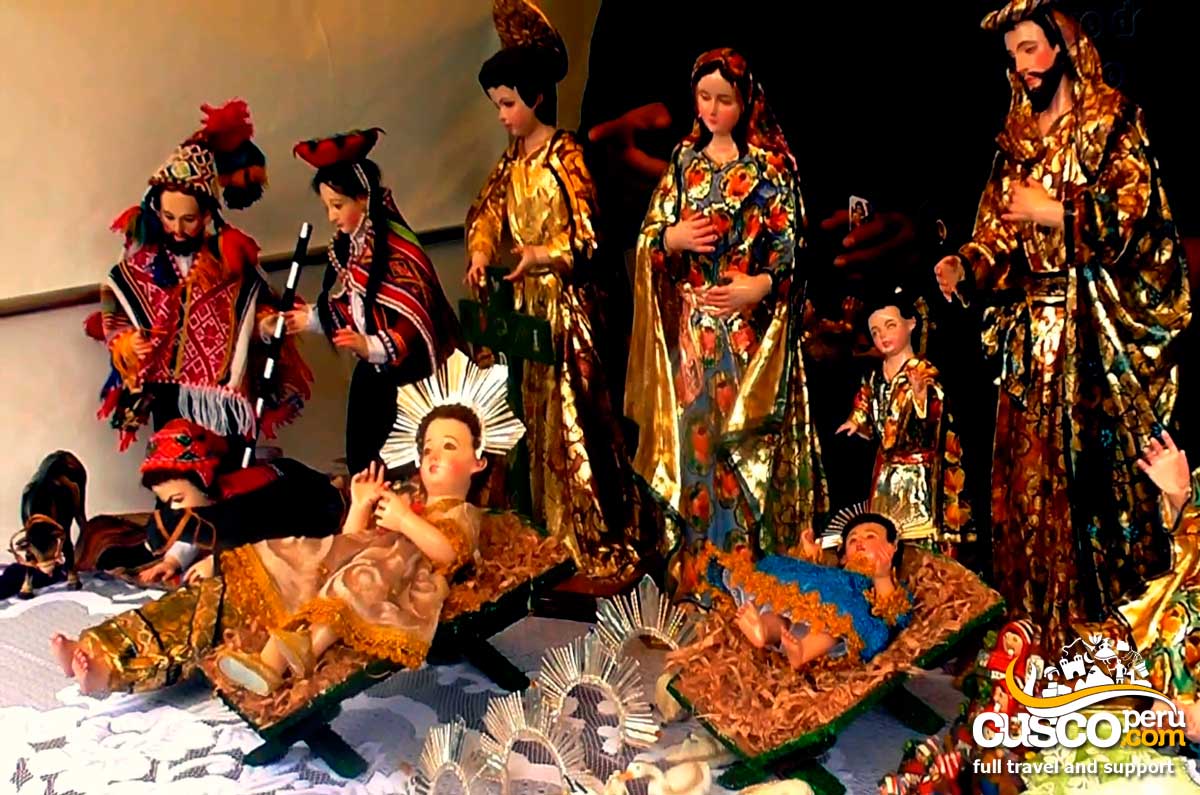
You will be able to see and buy figures of all kinds of animals, even the least thought of and in different materials, designs and styles; miniatures of bridges, houses and water wells with fine finishes. Precious little sculptures that are worth admiring even if you do not have in mind to build a nativity scene, you can take them to decorate your home or maybe surprise a friend with a miniature of his favorite animal brought from Cusco.
In a nativity scene worthy of the contest organized every year by EMUFEC (Empresa Municipal de Festejos del Cusco), everything is important, not only the characters that adorn it but also the space in which they are located. To add these details, from the high provinces of Cusco come the so-called "hierberas" to present different herbs brought from each of their areas.
They are entire families, Quechua-speaking and very humble, who come to the city for a couple of days to offer their herbs at extremely low prices. Most of them do not have a place to spend the night and stay with their children in the portals of the Plaza de Armas, which offer very little shelter from the cold and rain. There are several initiatives to support them in these days before Christmas, which for them means sacrifice and working all day long, many organizations and institutions offer them hot chocolate, panettone and gifts for the children. There is also the collective of volunteers Caravana Cusco, whom you will recognize by their colorful clown costumes; these young people from Cusco offer their time and love to the children who come to the city and throughout the morning they play, sing, and do mime shows, theater and storytelling. Do not overlook these families, they offer their herbs at the entrance of Santa Catalina towards the square.
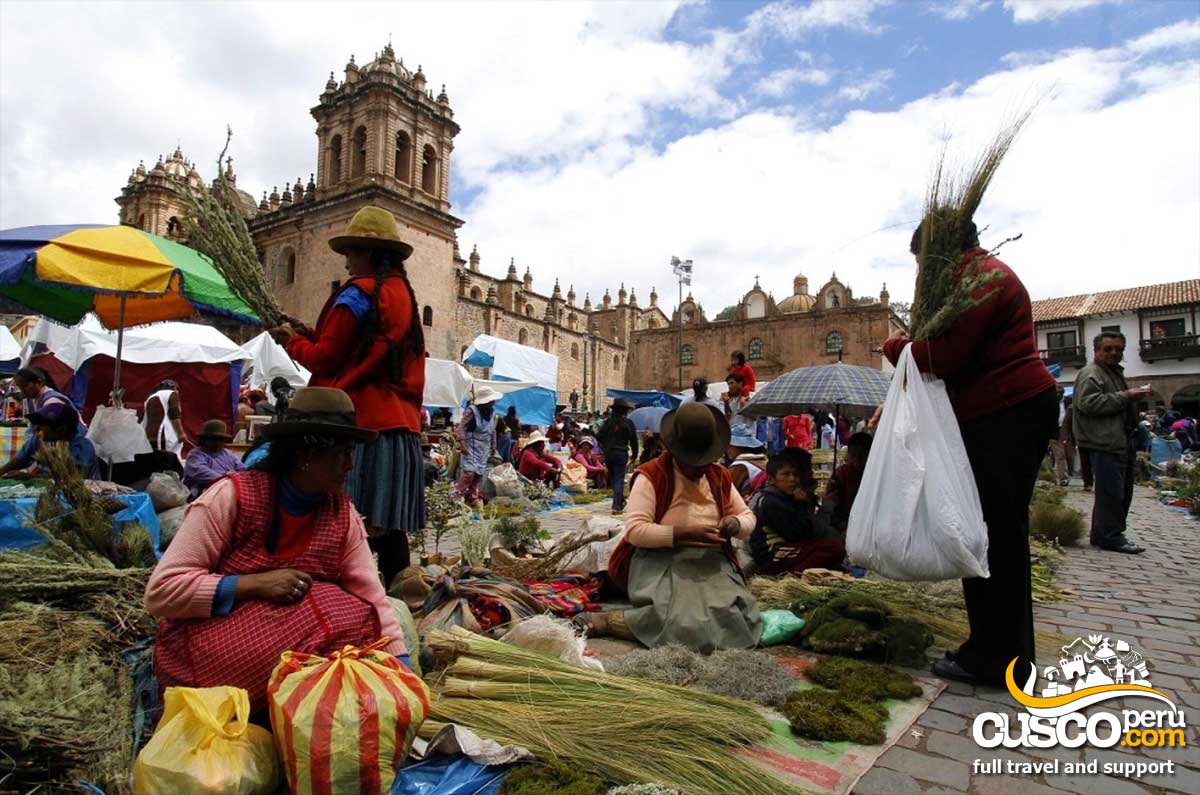
When you have satiated your craving for culture and tradition, you can see another side of the fair, just as incredible and unique. At Santurantikuy you can buy unique clothing, all kinds of very original garments, such as polo shirts and blouses with Andean, Amazonian, or simply artistic designs, curious hand-woven chullos that are out of the ordinary, with ears of llamas, cats and other unidentified magical beings. And speaking of magical beings, you can not miss the puppets and dolls of funny elves and fairies, lamps that are miniature circus tents, paintings by renowned artists of the Cusco school (if you're lucky you could take some work of Mendivil or Olave) or young nascent strokes.
If you are looking for delicate and sweet decoration, your thing is dry flower arrangements... or accessories such as headbands and hooks adorned with flowers worked in leather, colorful candles will also catch your attention.
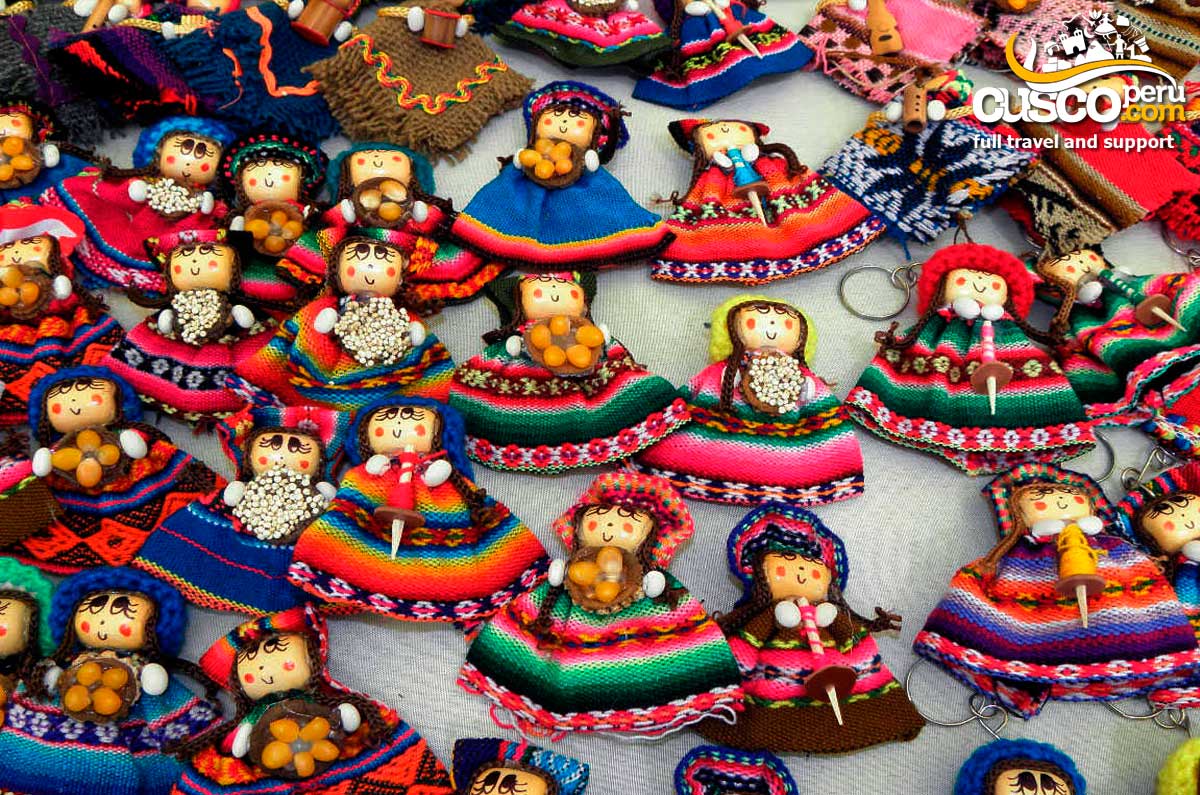
Let's talk about materials, Santurantikuy offers you all kinds of leather works, from straps to backpacks, silverware worthy of Inca nobility, high reliefs that will take your breath away (and the money you didn't think to spend) and wood works so well crafted that you will be surprised looking for a way to take a chest of drawers with you on the plane. And if you have children or want to fill your home with joy, ask for the colorful wooden trucks that can serve as a favorite toy or an envied ornament, or perhaps a creative shelf? What you turn your purchases into and what you use them for is up to you, Santurantikuy is in charge of giving you a wide variety of dream pieces, for all tastes and at fair prices.
Now that you have an idea of all that Santurantikuy has to offer, are you going to miss it? We know it's the last thing you want and we are happy to tell you that starting this year 2015, the fair is extended from the traditional December 24, to the 23rd and 24th. Two days to explore everything or to make a short trip to coincide.
You already know how beautiful this fair is, but keep in mind that it brings the whole city together and causes a lot of movement. Don't let this overwhelm you, to make it easier don't forget to consider the 6 tips we have shared in this article.
Date:
The Santurantikuy is celebrated every year on December 24.
On the eve of Christmas, the Plaza de Armas of Cusco is transformed to receive the artisans, sculptors and image makers from Cusco who show their best works in the peculiar Christmas fair that every year summons and enchants hundreds of locals and tourists.

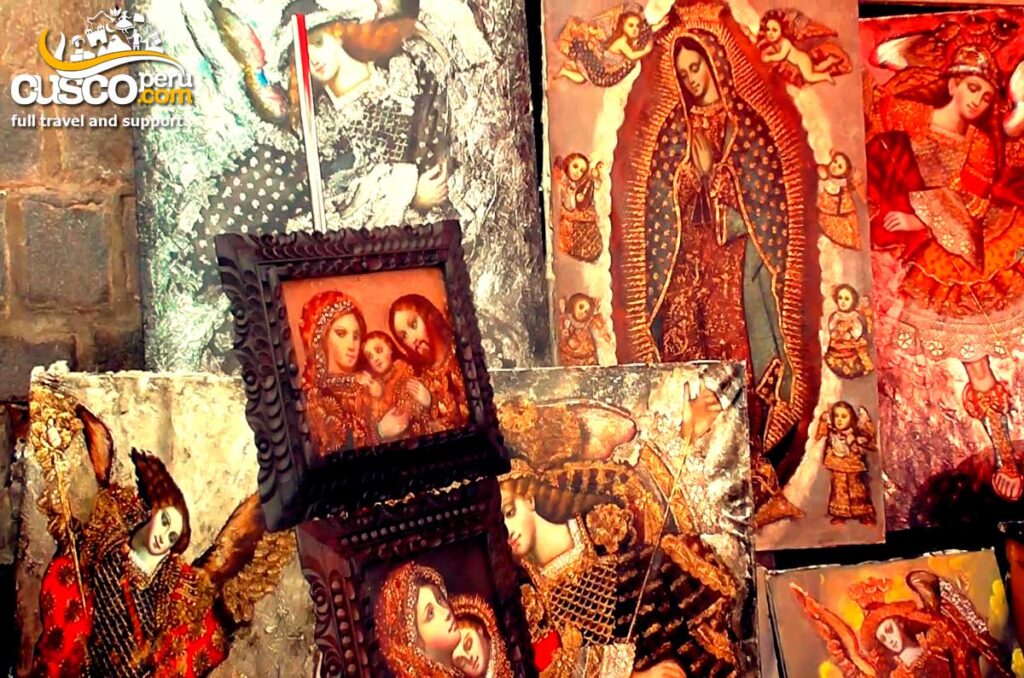
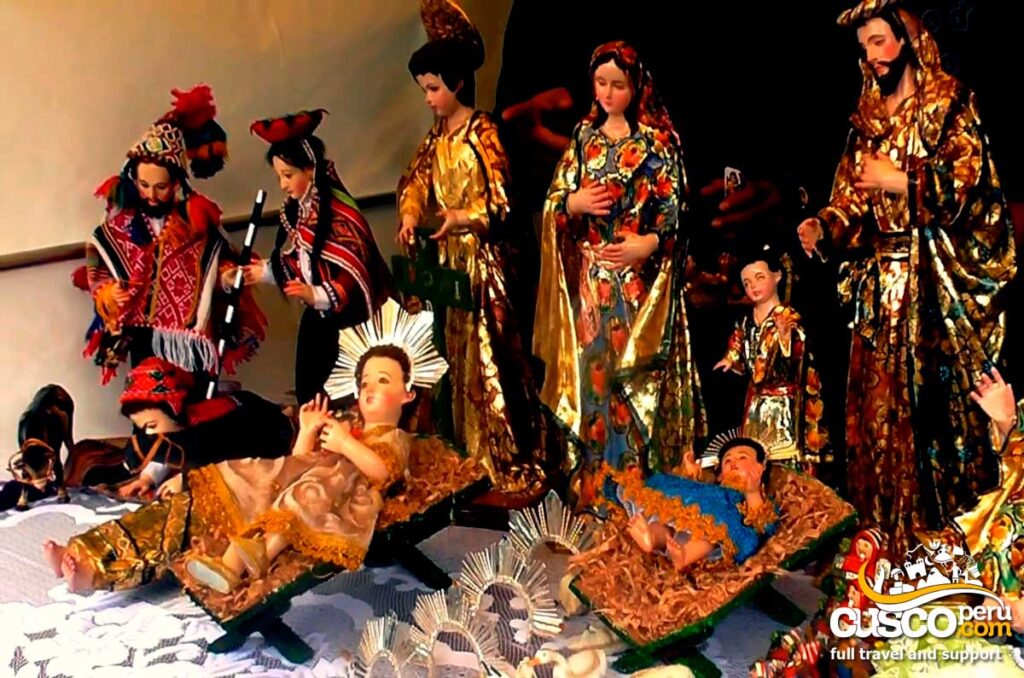
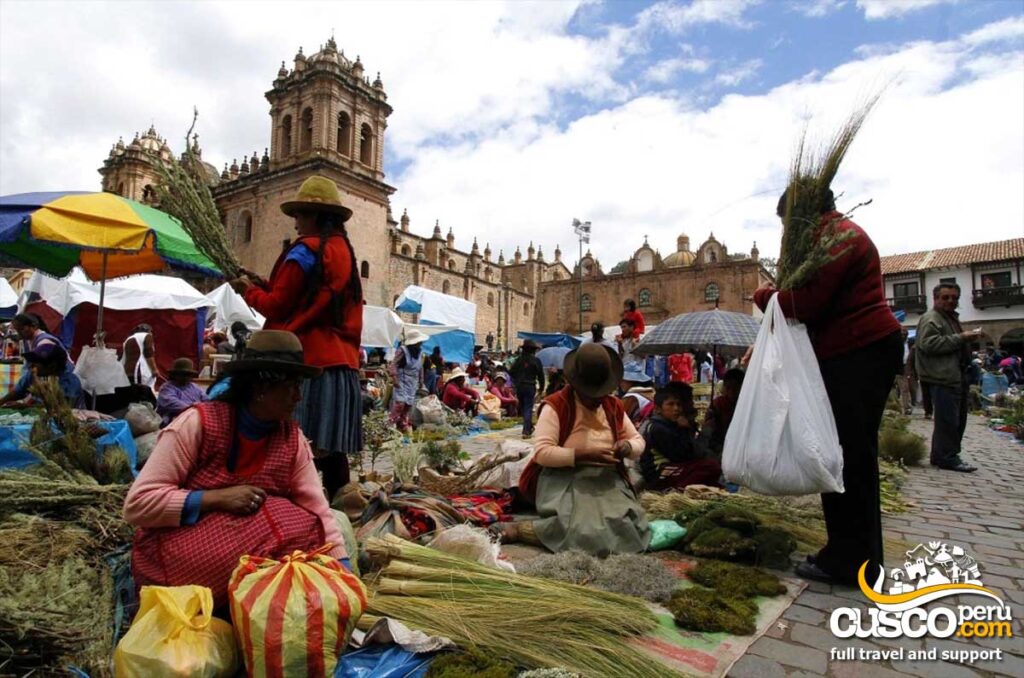
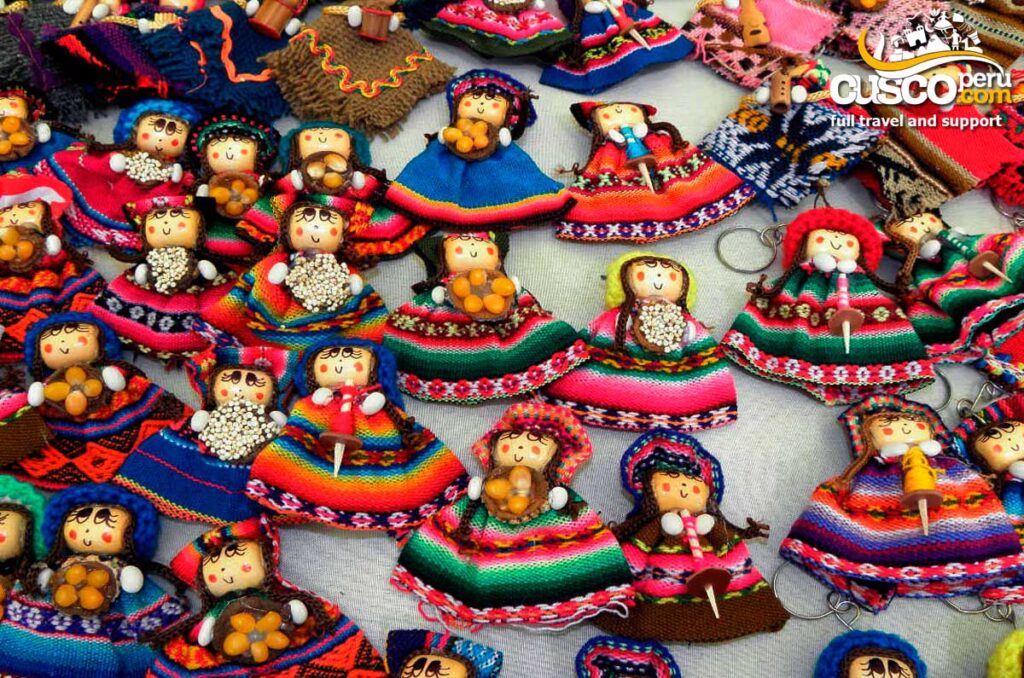

Happy passengers